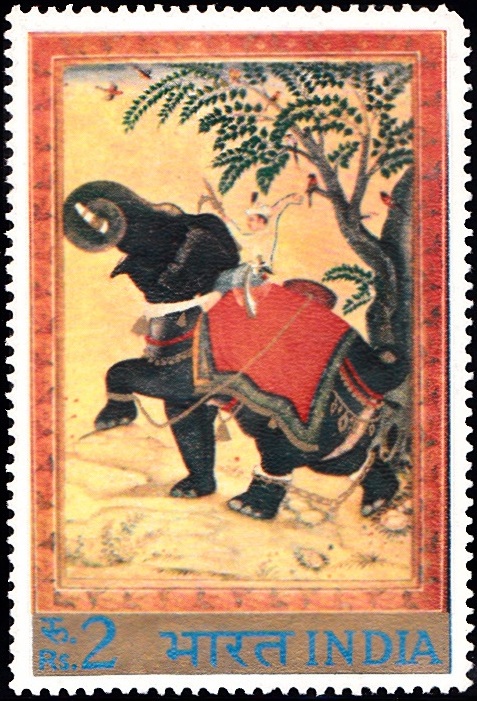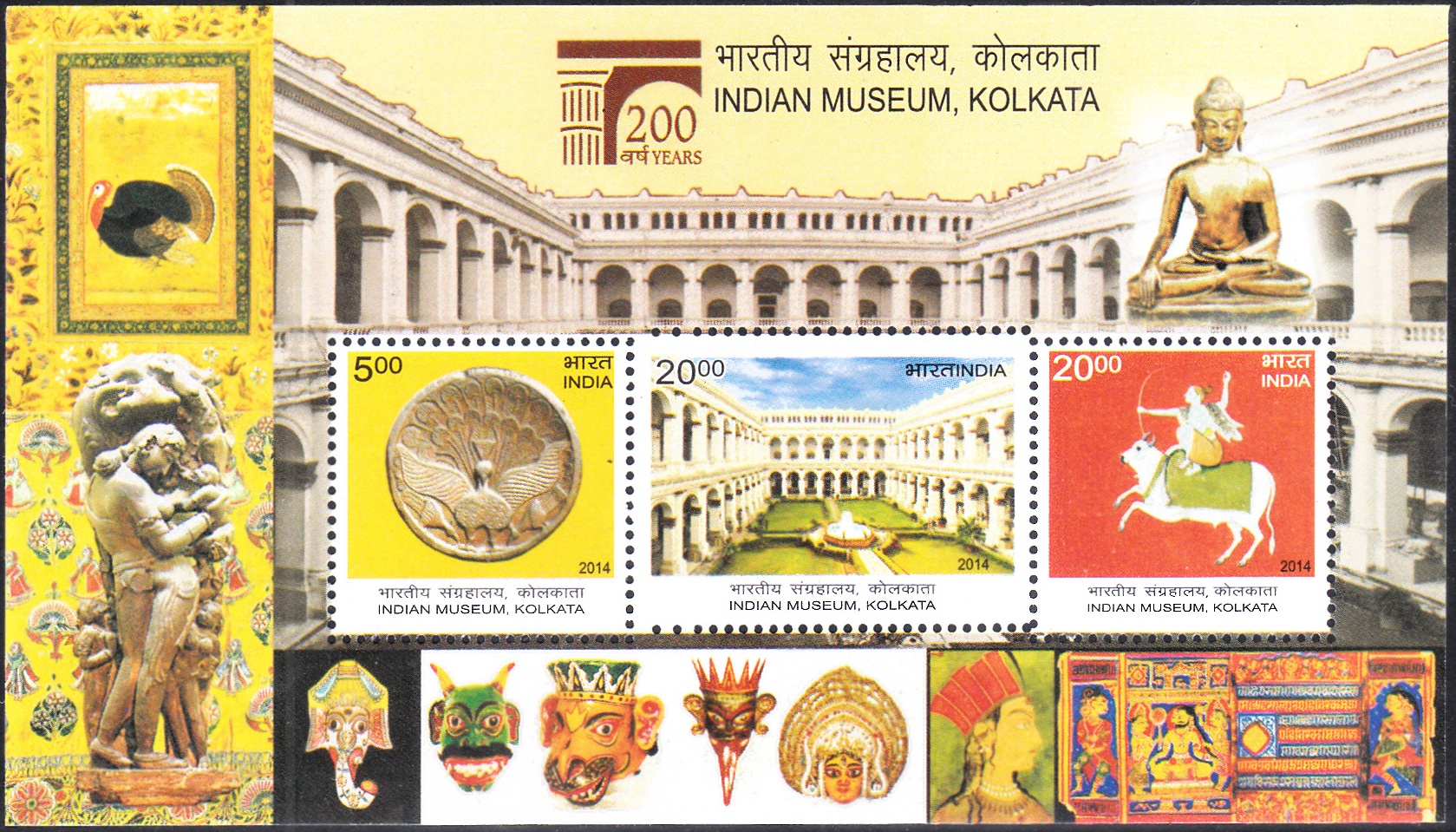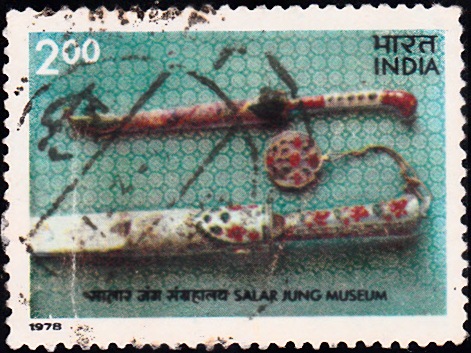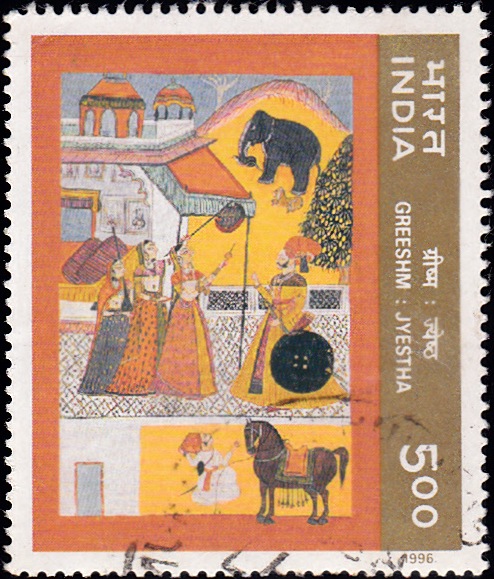
Ritu Rang
Complete Set of 4 nos of commemorative postage stamps on ‘Ritu–Rang‘ – Miniature Paintings on four seasons :
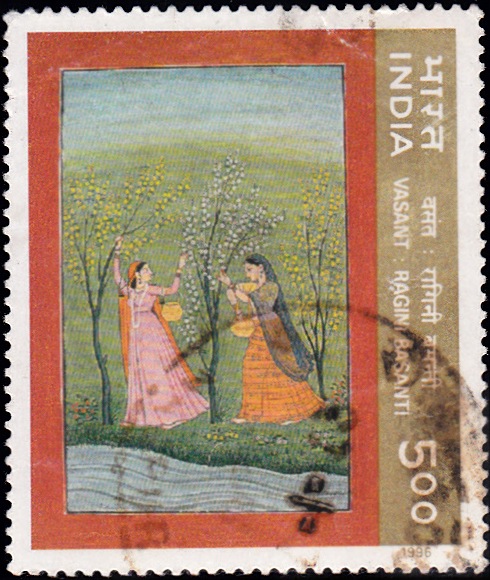

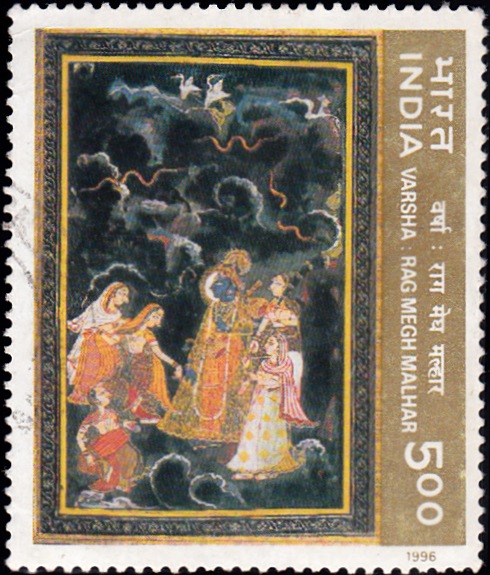
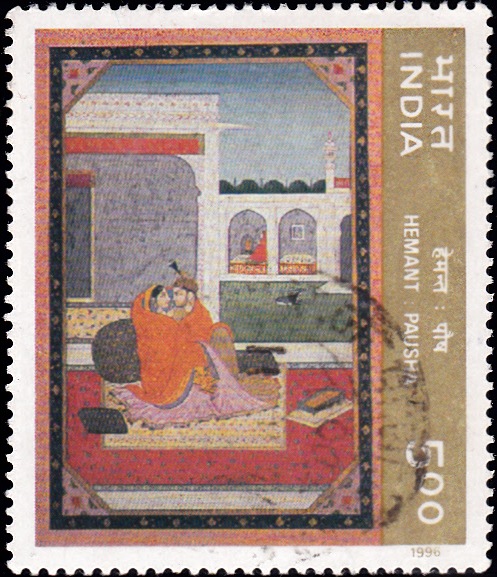
Issued by India
Issued on Mar 13, 1996
Description of Designs : ‘Ritu Rang’ is the tribute of India Post to this rich tradition of colour, poetry and art. Four miniature paintings have been selected for this special set of postage stamps depicting Vasant (Spring), Greeshm (Summer), Varsha (Monsoon) and Hemant (Winter). Vasant is reflected in a painting on Rag Basanti, a musical mode which embodies the spirit of spring. In the month of Jyeshtha, the warrior is deterred from pursuing his campaign in the sweltering heat of Greeshm (Summer) followed by Varsha, the life-giving season of the monsoons, expressed in Rag Megh Malhar in praise of rain, where even kings revel in costumes, music and dance. Hemant is the heart of Winter, only warded off by the warmth of fire while snuggling into the folds of a quilt in the month of Pausha. Each painting highlights the essence of the season it depicts; flowering Vasant; the heat haze of Greeshm; lightning snaking through the dark clouds of Varsha; and the biting cold of Hemant.
The delightful blend of the pictures drawn by pen and paint is featured on this special issue of stamps and its first day cover. The cancellation is based on a border design.
Credits :
Stamps :
Vasant – (Kangra Style), National Museum, New Delhi.
Greeshm – (Rajasthan Style), National Museum, New Delhi.
Varsha – (Rajasthan Style), National Museum, New Delhi.
Hemant – (Kangra Style), Kasturbhai Lalbhai Collection, Ahmedabad.
Transparency – Shri S.T. Baskaran
First Day Cover Design – Shri Sankha Samanta
Cancellation – Smt. Alka Sharma
Type : Stamps, Postal Used
Colour : Five
Denomination : Four Stamps of 500 Paise each
Overall size : 40.5 x 48.5 mm.
Printing size : 36.5 x 44 mm.
Perforation : 13.5
Paper : Matt Chromo
Number of Stamps Printed : 10,00,000
Number per issue sheet : 40
Printing Process : Photo Offset
Printer : Calcutta Security Printers Limited
About :
- India has been an intricate tapestry of cultures embroidered with indigenous art forms and art forms that came from over mountains and across seas. The delicate art of Indian Miniature Painting, which began with the Mughals, was one such expression of Indo-Saracenic genius.
- The early miniatures depicting scenes from the courts of the Mughal Emperors gradually adopted themes of the ancient land, spread from Kangra to Rajasthan to the Deccan. In each area, various sub-schools of the art developed. The charm of this style was enhanced by the representation of Jayadeva’s ‘Gita Govind’ and Keshav Das’s ‘Kavipriya’ and ‘Rasikpriya’ in the exquisite visuals of the miniatures. These blended pulsating poetic expression with the colours of nature, weaving the romantic and the mystic in unrivalled harmony.
- All aspects of life were touched upon, nothing being too minute for these sensitive portrayals. One such aspect was the depiction of seasons: Vasant, Greeshm, Varsha, Sharad, Hemant and Shishir. The six seasons of India were described in Kalidasa’s ‘Ritusamhara’ where each season was celebrated in the language of romantic love. This tradition was continued by writers who extolled the beauties of each month and each season.


